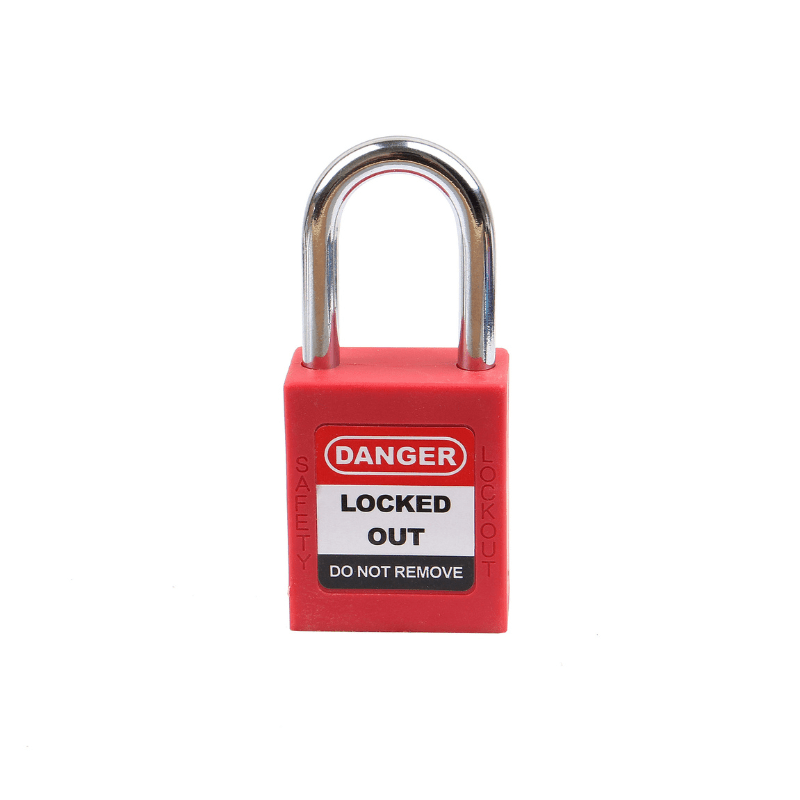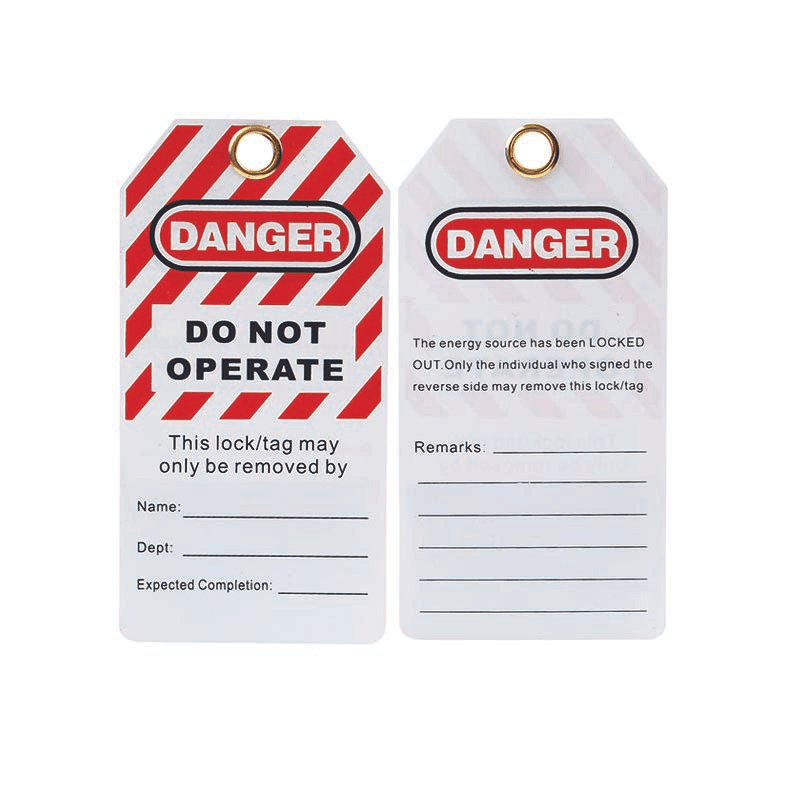In all spheres of business, worker safety is given top priority. In particular when it comes to valves, lockout tagout (LOTO) protocols are essential for safeguarding the safety of personnel during maintenance or repair operations. Unexpected energy releases and related risks must be avoided via proper valve lockout procedures.
We will delve into the relevance of valve lockout in this blog post, look at various methods to lock out valves, and highlight its usefulness in protecting European workers and preventing workplace accidents.
Understanding Valve Lockout:
LOTO practises include valve lockout procedures as a vital component. In order to prevent unintentional operation and the discharge of harmful energy, these techniques require immobilising valves.
Valve lockout protects worker safety during maintenance or repair jobs, adhering to the strict safety rules and standards followed in Europe, whether in manufacturing, petrochemicals, utilities, or other sectors.
Different Valve Lockout Methods:
Valve Locks: Devices that lock valves in the closed or off state offer a dependable method of doing so. Workers can stop unintended operation and potential energy releases by fastening valve locks directly to the valve handle or lever. The presence of these locks serves as a visual cue that the valve is locked out for upkeep or repair.
Ball Valve Lockouts:
To lock out ball valves, specialized ball valve lockouts are utilized. These devices cover the valve handle, ensuring it cannot be turned or operated accidentally. With adjustable arms to accommodate various handle sizes, ball valve lockouts provide a secure and effective solution for locking out these valves during maintenance activities.
Butterfly Valve Lockouts:
Butterfly valves, found in multiple industrial processes, require specific lockout techniques. Butterfly valve lockouts are designed to secure the valve handle, preventing unintended movement. With their adjustable features, these lockouts fit a range of handle sizes, ensuring a reliable lockout solution for butterfly valves during maintenance or repair work.
Gate Valve Lockouts:
Gate valves, commonly used in chemical industries to control fluid or gas flow, necessitate dedicated lockout methods. Gate valve lockouts are specialized devices that securely lock gate valves in the closed position.
Featuring adjustable arms that fit around the valve, these lockouts effectively immobilize the valve handle. With clear visual indications, gate valve lockouts serve as reminders that the valve is locked out and should not be operated.
The Lock Box offers a number of solutions for gate valve lockouts - either in the form of a cover lockout, or through a cable locking system.
Conclusion
Valve lockout procedures are a vital aspect of LOTO practices. By employing proper valve lockout methods such as valve locks, ball valve lockouts, butterfly valve lockouts, and gate valve lockouts, workers can ensure the immobilization of valves during maintenance or repair work, mitigating potential hazards.
Adhering to these lockout techniques demonstrates a commitment to worker safety in compliance with the stringent safety regulations and standards prevalent across European industries. Prioritizing valve lockout safeguards workers, promoting a secure environment where maintenance and repair tasks can be carried out without compromising safety.



